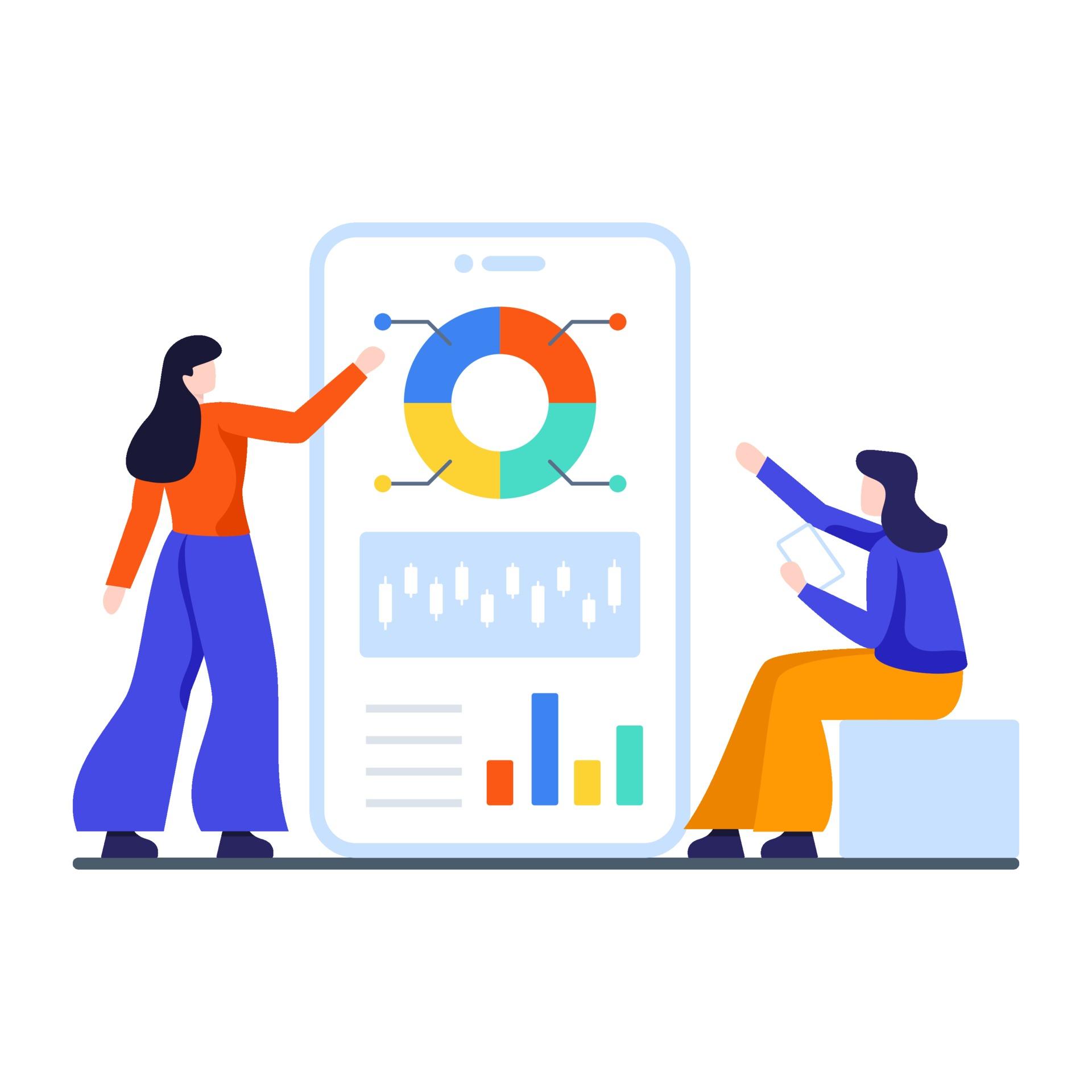Trend analysis is an indispensable tool used across diverse fields to uncover patterns, predict future developments, and make data-driven decisions. By examining historical and current data, trend analysis provides valuable insights that empower businesses, economists, scientists, and researchers to understand the past, navigate the present, and plan for the future. This comprehensive guide delves into the different types of trend analysis, explores its benefits, and addresses the challenges associated with its implementation.
Unraveling the Types of Trend Analysis
Trend analysis encompasses various methods, each tailored to address specific analytical needs. Understanding these methods is crucial for selecting the most appropriate approach for a given situation. Let’s explore the three primary types of trend analysis:
1. Time-Series Analysis: Deciphering Patterns Over Time
Time-series analysis focuses on analyzing data points collected over successive time intervals. This method is particularly useful for understanding how variables change over time and identifying recurring patterns or trends. By examining historical data, time-series analysis enables forecasting future values and making informed decisions based on past behavior.
Key Applications of Time-Series Analysis:
- Finance: Predicting stock prices, analyzing market volatility, and forecasting investment returns.
- Economics: Tracking economic indicators, forecasting GDP growth, and analyzing inflation trends.
- Weather Forecasting: Predicting weather patterns, understanding seasonal changes, and forecasting extreme events.
- Sales Forecasting: Predicting future sales, optimizing inventory management, and informing production planning.

2. Comparative Analysis: Unveiling Insights Through Comparisons
Comparative analysis involves comparing data from different periods, entities, or groups to identify similarities, differences, and trends. By juxtaposing data sets, comparative analysis helps uncover relative performance, benchmark against competitors, and identify areas for improvement.
Examples of Comparative Analysis in Action:
- Business: Comparing sales performance across different regions, assessing the effectiveness of marketing campaigns, and evaluating product performance against competitors.
- Healthcare: Comparing patient outcomes across different hospitals, analyzing the effectiveness of treatment methods, and evaluating the impact of healthcare policies.
- Education: Comparing student performance across different schools, assessing the effectiveness of teaching methods, and evaluating the impact of educational programs.
3. Cross-Sectional Analysis: Capturing Insights at a Specific Point in Time
Cross-sectional analysis examines data from multiple entities or groups at a specific point in time. This method is particularly useful for understanding relationships between different variables within a given period. Cross-sectional analysis aids in market segmentation, customer profiling, and identifying emerging trends.
Applications of Cross-Sectional Analysis:
- Market Research: Identifying customer segments based on demographics, psychographics, and purchase behavior.
- Social Sciences: Studying attitudes, opinions, and behaviors of different population groups.
- Public Health: Investigating the prevalence of diseases and health outcomes across different demographics.
The Power of Trend Analysis: Unlocking Benefits
Trend analysis offers numerous benefits for organizations and individuals seeking to make data-driven decisions and gain a competitive edge. Here are some key advantages:
- Informed Decision-Making: Trend analysis provides data-driven insights that support strategic decision-making. By understanding past trends and anticipating future developments, organizations can make informed choices that align with their goals.
- Risk Management: Identifying potential risks and opportunities is crucial for organizational success. Trend analysis enables businesses to anticipate market shifts, identify emerging threats, and proactively mitigate risks.
- Strategic Planning: Developing effective long-term strategies requires a deep understanding of market dynamics and future trends. Trend analysis provides the insights needed to develop robust strategies that adapt to changing market conditions.
- Competitive Advantage: In today’s rapidly evolving business landscape, staying ahead of the competition is paramount. Trend analysis allows organizations to identify emerging trends, understand customer preferences, and adapt their products and services accordingly.
Navigating the Challenges of Trend Analysis
While trend analysis offers significant benefits, it also presents certain challenges that require careful consideration.
- Data Quality: The accuracy and reliability of trend analysis heavily depend on the quality of the data used. Inaccurate or incomplete data can lead to misleading insights and flawed conclusions. Ensuring data quality is essential for reliable trend analysis.
- Data Complexity: Analyzing trends across multiple variables and data sets can be complex and challenging. Utilizing advanced analytical tools and techniques is crucial for managing data complexity and extracting meaningful insights.
- Market Volatility: Predicting future trends with absolute certainty is impossible due to the inherent volatility of markets and consumer behavior. While trend analysis provides valuable insights, it’s crucial to acknowledge the inherent uncertainty of future predictions and remain adaptable to unforeseen changes.
Conclusion: Embracing Trend Analysis for a Data-Driven Future
Trend analysis is an invaluable tool for organizations and individuals seeking to make informed decisions, mitigate risks, and capitalize on opportunities. By understanding the different types of trend analysis, leveraging the right tools and techniques, and remaining adaptable to changing market dynamics, businesses can harness the power of data to drive success in today’s competitive landscape.

